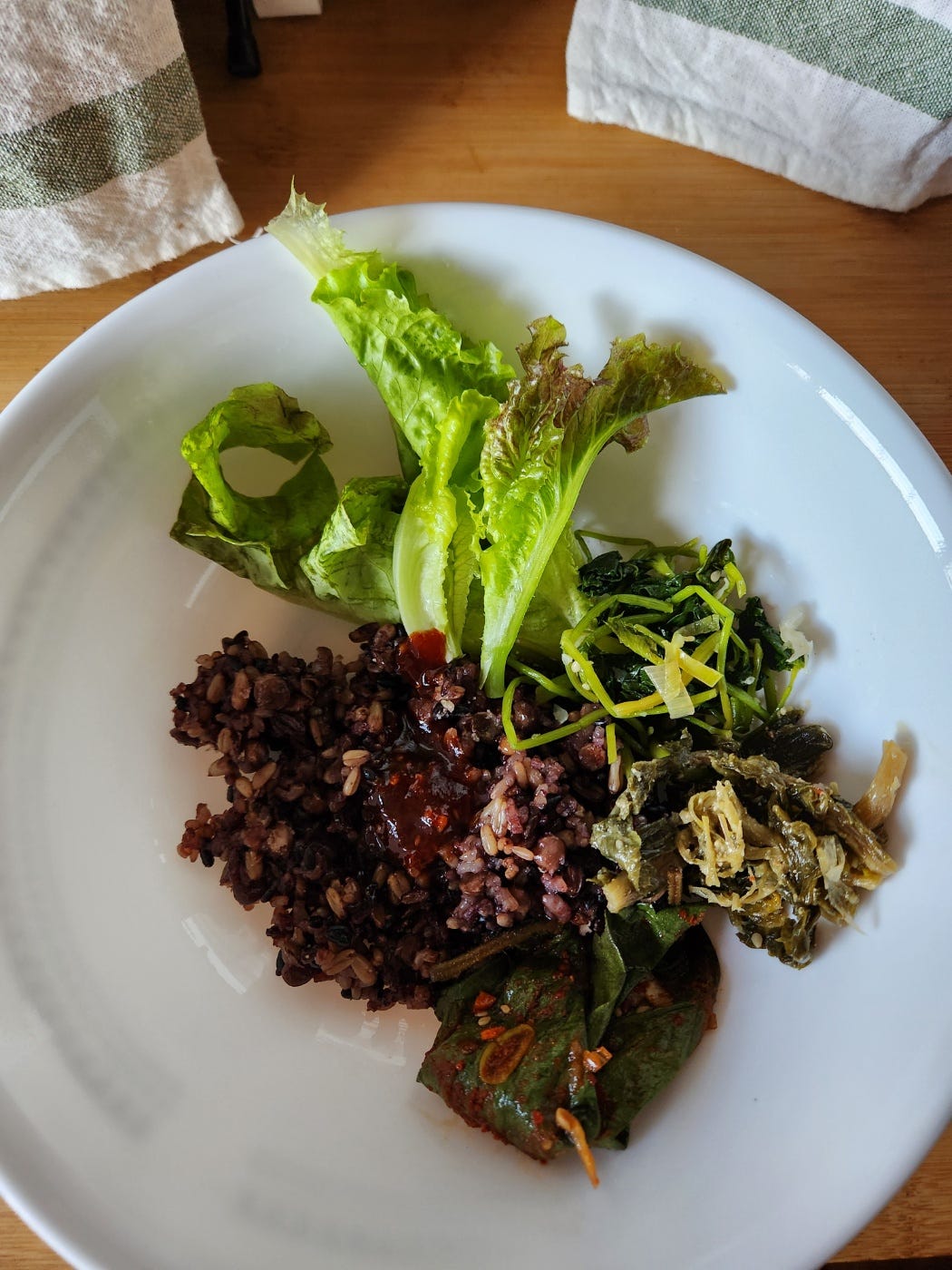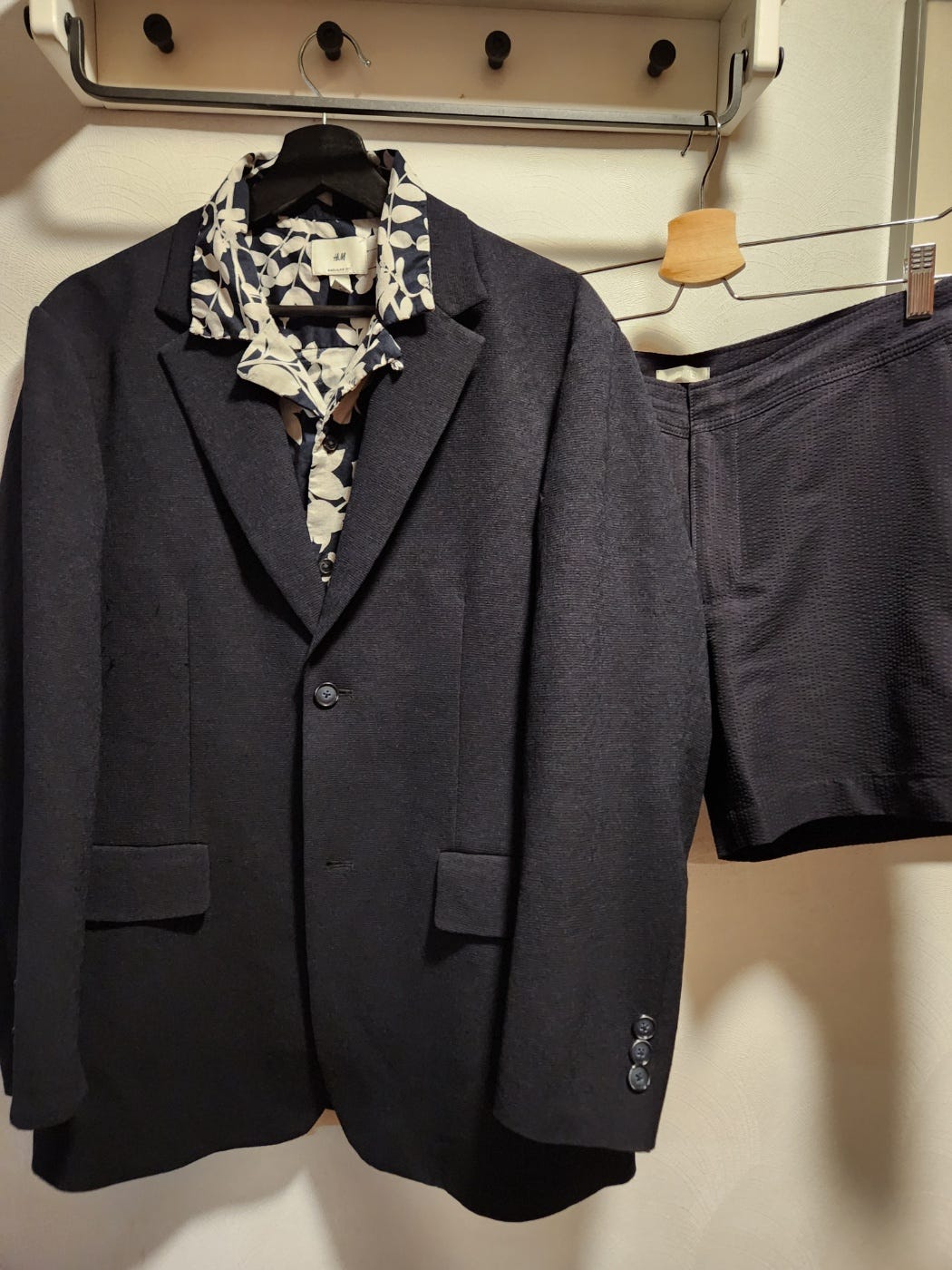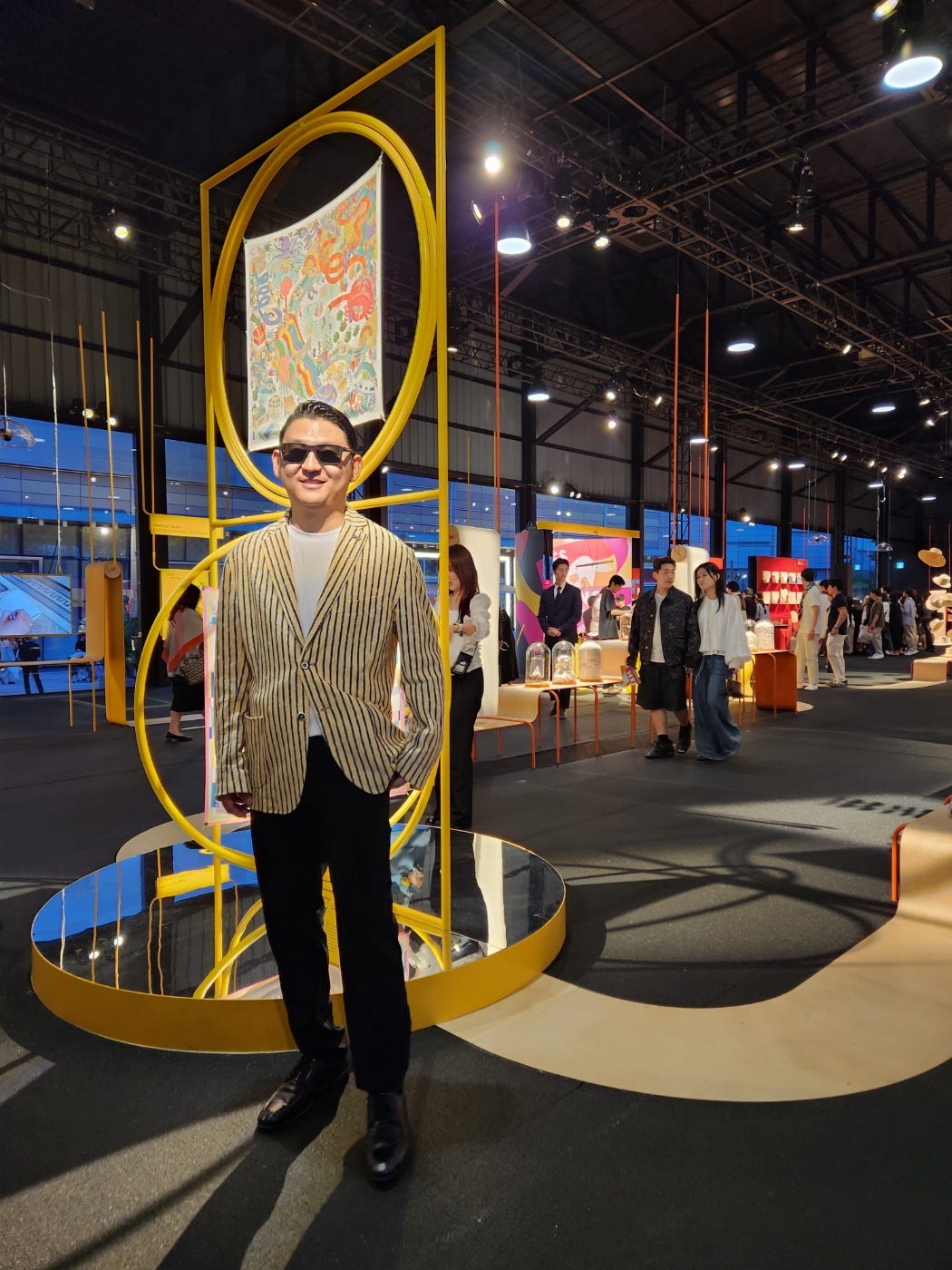May was a crazy month – in the best way possible. You’ve already read about some of my experiences, but here are some highlights from my super full and successful month! Feel free to pick and choose which section you want to read: EATING - WEARING - THINKING
EATING flavor bombs. Broadly, I’ve been attempting a transition from a meat- and carb-heavy diet to one that is richer in vegetables and fish and leaner on red and fatty meats, carbs, gluten, and sugar. Also, my portions have to be smaller now. What has helped tremendously with this challenging adjustment has been to make my food flavor-intense.
Bibimbap (Korean mixed rice) has become a go-to: 1) it’s super flexible and easy: all you need is whatever vegetables you have in the fridge (I usually go with namul, or Korean seasoned vegetables of various kinds) + a modicum of carbs (half a bowl of multigrain rice for me) + some sauce; 2) speaking of sauce, just a dash of some artisanal Korean gochujang or ganjang (soy sauce) and chamgireum (sesame oil) is all that is needed to turn the whole ensemble into a feast for the palate, so much so that it makes you forget the smaller portion size and the lack of your favorite comfort meats.
On that same note, I have been rediscovering and relying a lot on the beautiful intensity of various Indian curry dishes. Thankfully, there’s a very good curry restaurant near my workplace, and I’ve gone there often enough to venture out of my comfort zone of Chicken Tikka Masala to something like Lamb Vindaloo. Vindaloo, at least the version served here, reminds me a lot of kimchi jjigae (kimchi stew) in its spicy acidity. The portion is also small by Korean standards. I usually get one plain naan and have only half of it with the curry. Any remaining curry I eat (drink?) like a soup.
Sushi has long been a favorite of mine, and happily, its main ingredient is fish rather than red meat, so I’m supposedly consuming healthier fats this way. I will usually get about ten pieces and only have five, and then have the rest for dinner.
Overall, this dietary transition has worked well for me so far and, in concert with my daily walking regimen, has helped me lose significant weight. I’m happy but now concerned that I might be overdoing it with the flavor (and sodium) and thus veering toward hypertension. I guess what matters is that there is overall balance (with smaller portions as a precondition), so maybe I’ll reward myself with some meats, carbs, or less healthy fats when I’m steering clear of heavy seasoning, and reward myself with more flavor when I’m having more vegetables.
WEARING suits! My dear friend A told me that I am exactly the type of person who should always be wearing a suit. I could not agree more! I am always grateful to A for speaking out and making concrete some of my deepest desires and tendencies. A, if you’re reading, a huge part of the reason why I’m more me is you!
Here are three ensembles I’d like to highlight!
navy Ungaro Homme blazer, slightly oversized (my dad’s) + Epigram collared shirt with yellow stripes + navy Daniel Hechter slacks + black oxfords
navy Renoma Sports summer blazer (it’s seersucker with a subtle sheen!) + navy H&M floral print shirt (love the Cuban collar!) + navy Arket shorts (okay, they’re swim shorts but they’re seersucker so they match the blazer) + black loafers
And then you know my Hermes day outfit? A stunning yellow and brown striped jacket from Bob Company (Italy) + generic white T-shirt (but it had to be round-neck not v-neck) + black seersucker slacks (E-mart store brand) + black oxfords
Some things I realized (or have known for a long time)
Icy yellows and navies look very well on me.
The bolder the color contrast the better for me – like dark navy and white.
Textures, not just colors, should match. For a seersucker blazer, seersucker shorts!
I love when a shirt collar comes out to cover the lapel of the jacket. Something 40s and 80s about it.
Shorts can be part of a suit ensemble! Women do it (with miniskirts and such) and men should do it too!
So where’s the Korean element? you may be wondering! Hang tight and watch this space – it’s coming!
THINKING some cliché thoughts, like:
Just do it. Success is nothing but an accumulation of micro-failures and micro-adjustments. But those failures and adjustments can’t happen unless you execute. There’s simply no way to know, no way to learn, unless you try it. It’s taken me a long time to learn this lesson, but I finally feel like I’ve gotten the hang of just diving headfirst into something. And my! the rewards have been tremendous: I was reading notes from a year ago when I was first ideating for my social media content. I literally thought I’d be doing posts on why rooftops in Korea are painted green! Not that that would have been bad content, but I thought that if I started with that, I needed to stick to the theme of Seoul’s architectural and historical quirks. I ended up starting out with different content, but the point is this: the more I let go of the idea that there had to be some grand vision with which everything aligned like body paragraphs align with a thesis, the more I could try different things, and the more I tried, the clearer, paradoxically, my vision became. I am proud to have found Korean traditional arts and crafts as a core pillar of my content, and to have surpassed 700 followers on Instagram, with a significant Substack readership. Dear readers, I truly appreciate your time and interest.
Putting your sensibility into words is so important. The more I meet artisans, the more I realize that there is this unspoken element to aesthetic decisions that many, if not most, of us aesthetically motivated people make, including myself. It’s not that we’re trying to be secretive or proprietary (okay, maybe sometimes?); it’s just difficult to put words to feelings and instincts, things that your eyes know but can’t translate into language. I’ve decided that this is where I should come in. For so long, I had resigned myself to thinking that sensibility and taste could not be made explicit, maybe even that it should not be because that might drain the magic out. Now I feel the opposite: the more you articulate your taste, the stronger it becomes. You’re honing and refining it that way, and paving the way also for collaboration with others with similar or complementary sensibilities. So I’ve decided to be hyper verbal about aesthetic experiences and I imagine this will help me to add value to artisans’ work by highlighting it in a way that only fine-tuned language can.
Thanks for reading. I really want to hear from my readers, so please leave comments — let’s connect!





